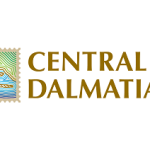The oldest public theatre in Europe is set to reopen after 20 years on May 1, 2019. Ahead of this culturally significant event, TCN caught up with the woman who knows more about the theatre than anyone else, Mirjana Kolumbic. In addition to being an art history professor and retired senior theatre curator in the Hvar Heritage Museum, Mirjana also wrote a detailed and thoroughly researched book on the Hvar theatre to mark its 400th anniversary in 2012.
Mirjana kindly agreed to talk in detail about the oldest public theatre – its past, present and hopes for the future.

1. People are often surprised to hear that the oldest public theatre in Europe back in 1612. How did it happen that Hvar had such a theatre before anyone else?
The golden age of the Hvar Commune was from the 15th to the 17th century. It was a consequence of Hvar’s excellent geopolitical position, given that it is located in the middle of the Adriatic Sea at the crossroads of sea and trade routes. Venice knew well how to take advantage of this fact, declaring Hvar the harbour where its fleet would spend winters. Along with well-developed agriculture and fisheries, the products of which were primarily exported, Hvar was the youngest, but also the wealthiest commune of Venice at that time on the Adriatic.
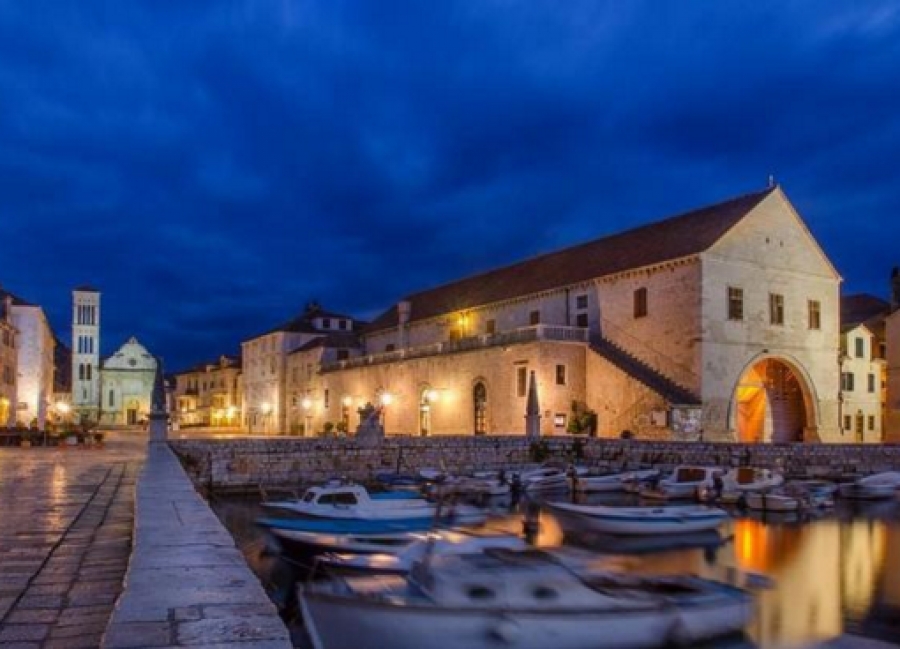
As a traffic harbour, Hvar was also a meeting point for travellers, traders and owners, and hence the crossroads of cultures. At the same time, Renaissance writers, poets and chroniclers, such as Hektorović, Lucić, Pribojević and many others, were highly educated people whose works greatly affected their environment, as well as Renaissance literature in general. Besides, the experience of the popular rebellion in the early 16th century left a trace in the social consciousness of citizens.
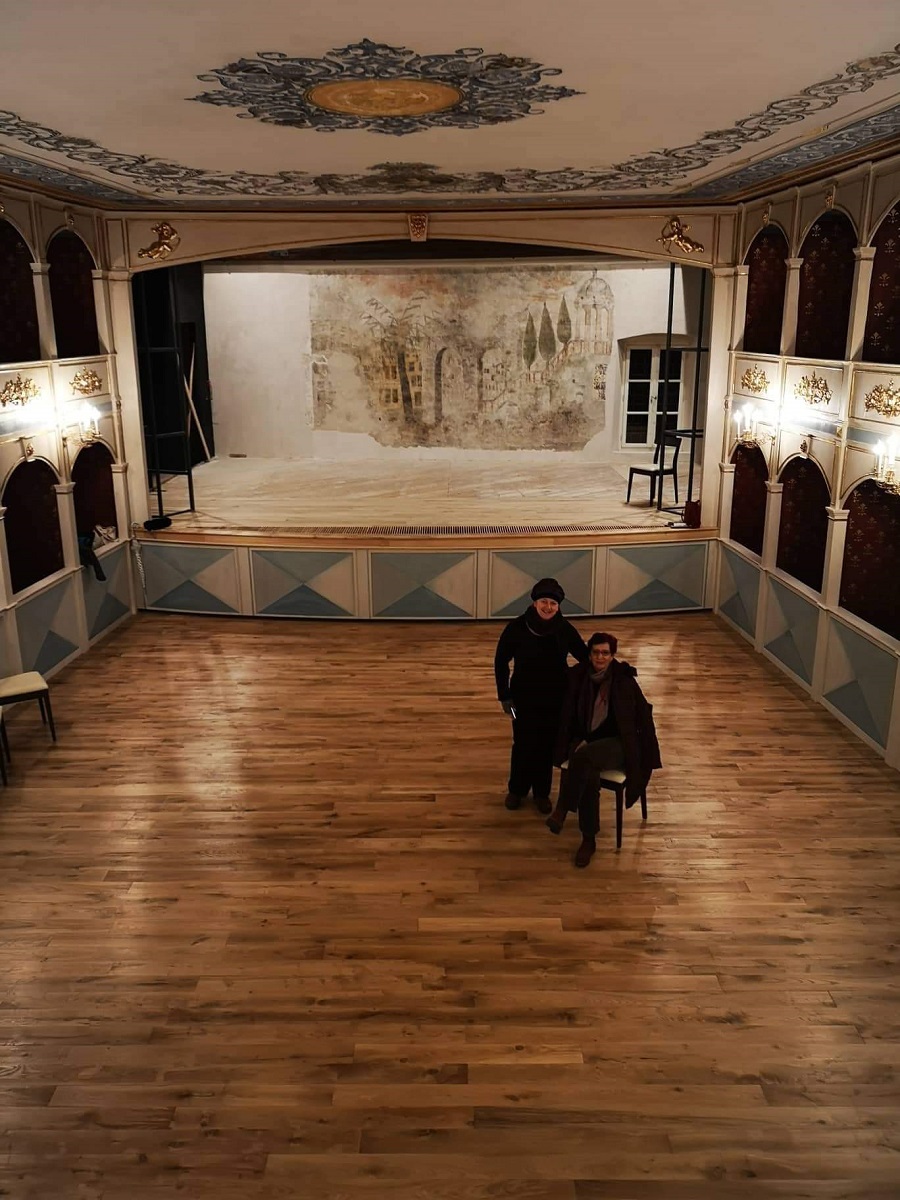
All this had an impact on the social awareness and sophistication of the entire population, which eventually resulted in the establishment of one of the oldest theatres and the first public theatre in Europe. Fortunately, Petar Semitecolo came to Hvar in 1611 as Prince Provveditore. He rebuilt the Arsenal, and in 1612 established a theatre. This Venetian was undoubtedly familiar with the experiences of the northern Italy theatres (Vicenza and Sabbioneta, where the first European theatres were created), which he used in Hvar.
The inscription IN THE SECOND YEAR OF PEACE 1612 marks his achievements in implementing the social and cultural agenda in honour of which he established this cultural institution for the benefit of all, regardless of their social status. This theatre is the first attempt at the democratisation of culture in Europe.
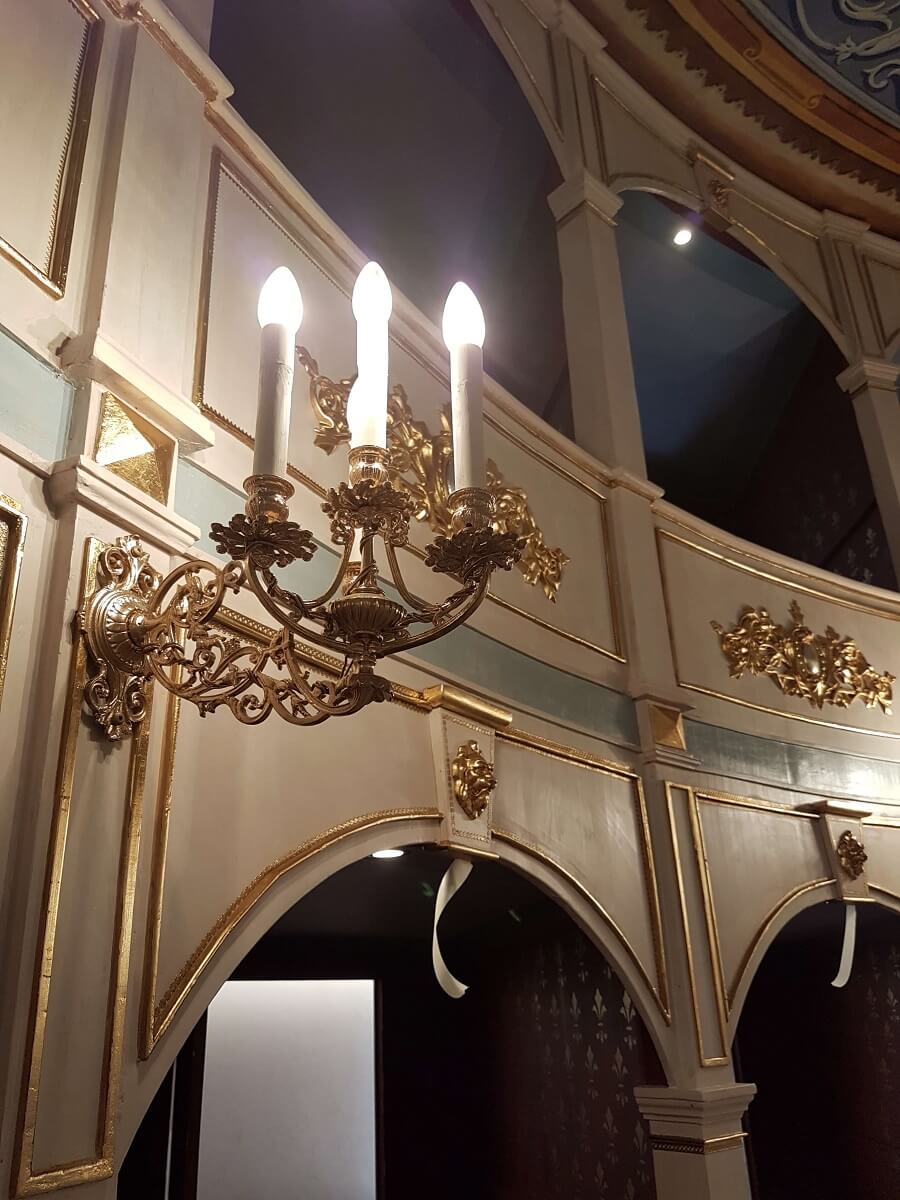
2. The theatre has been in existence for over 400 years. What was the Golden Era of Hvar’s theatre, and why?
The first “golden era” of the Hvar theatre is 1612, the year of its early establishment and the fact that it has survived and operated for more than 400 years in such a small urban environment, isolated on an island and mostly far away from centres of power and high-culture content.
But the real golden age of the Hvar theatre is the 19th century after the Theatre Association was founded in 1803, which built up the interior as it exists even today and led the theatrical programmes. After 1921, the Theatre Association ceased operations and came under the administration of the municipality, but that did not end its activities entirely. In the 19th century, during the carnival period, which was also the primary theatre season, the theatre would have over 30 performances.
Various musical events were held, comedies and dramas were played, king’s birthdays were celebrated, “kavalkinas” were held, quadrille and “kontradansas” were performed. In 1838, the full opera Norma was played in the theatre. Hvar hosted many local and international music, drama and other amateur and professional companies from Hvar and from other parts of Dalmatia, as well as from Italy.
3. You wrote a magnificent book on the history of the theatre to mark the 400th anniversary back in 2012. Tell us about the research involved, and what new things did you learn?
When I participated in the founding convention of Perspectiv, a non-governmental organisation of the old European theatres, in Vicenza in 2003, held under the auspices of the EU, I realised that Europe did not know almost anything about the Hvar theatre and that the little available information was incorrect. Then I realised that it was necessary to write something and translate it so that it would be presented abroad. Therefore I started researching archives, books, funds, and everything related to the theatre.
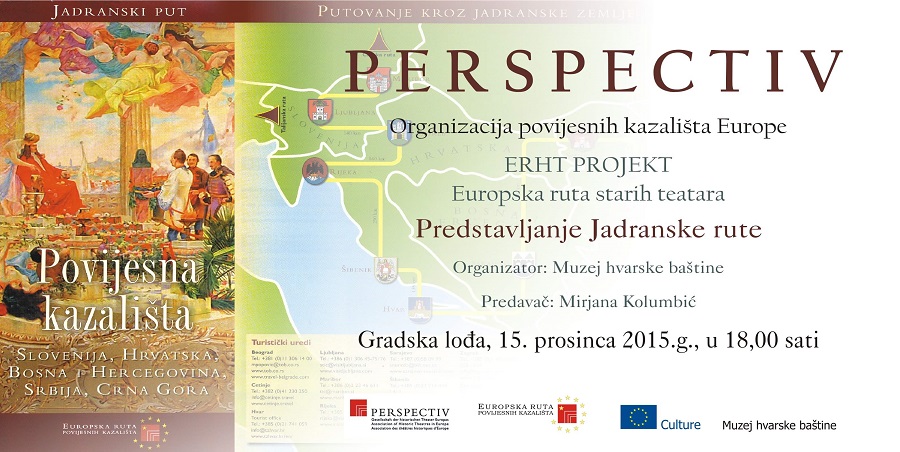
Perspeciv allowed me to give a lecture about the Hvar theatre at a convention in England and defend my thesis about its survival as the first municipal theatre in Europe. I also got introduced to different old theatres in Italy, England, the Czech Republic and Austria, which is an invaluable experience. Later, as the manager of the Adriatic Old Theatre Route, which included South-Eastern Europe, I had an opportunity to visit and discover theatres in Croatia, Slovenia, Montenegro, Bosnia and Serbia.
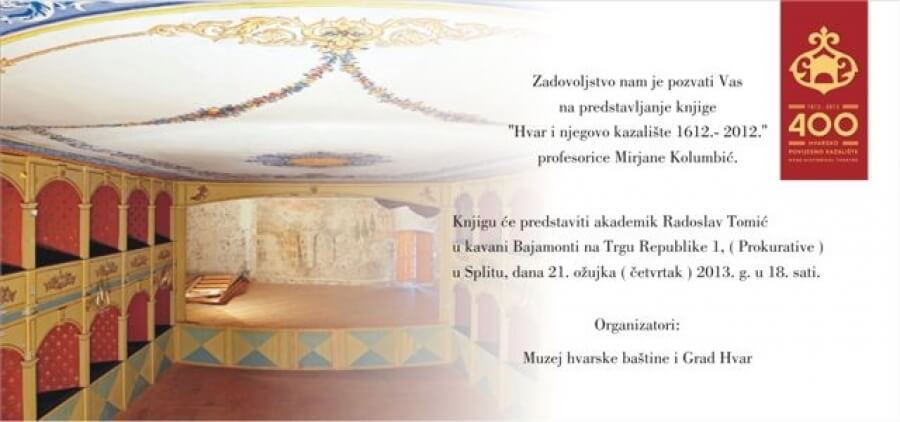
I have used all these invaluable experiences in my book, and I am now working on the second edition. During the research for the book, I managed to consolidate all archive finds, books, artefacts, photographs, drawings and the like in the Museum of Hvar Heritage, creating the Theatre Fund with over 2,500 units. I have learned a lot about theatres.
4. The theatre will reopen on May 1 after being closed for 20 years for renovation. How important an occasion will this be for cultural life on Hvar, and Croatia in general?
The opening of the theatre after an almost 20-year break, which is also the longest period in its history during which it was out of use, means a lot for Hvar, Croatia, but also theatre history in general. Returning to life a great facility such as Arsenal and the theatre is certainly a significant contribution to culture and the monumental heritage. Hvar is still linked with theatre and stage events, as evidenced by the Hvar Summer and other cultural events that happen throughout the year on Hvar.
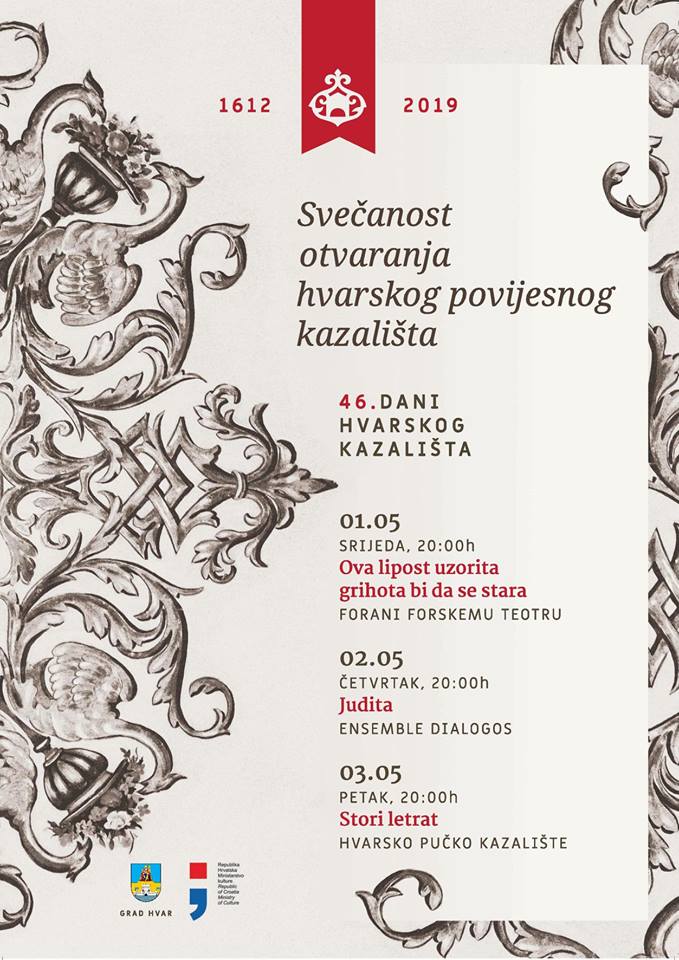
The Hvar Theatre will hopefully host many cultural events, but also enable us to host high-quality stage programs from Croatia and abroad. The theatre itself should keep its modest technical inventory and be used for small-stage stage performances based on heritage texts. More demanding plays, requiring more technical support, should take place on the ground floor of Arsenal, but I currently do not believe that it has been adequately equipped for this.
5. How do you see the theatre working after opening, in terms of numbers of performances, visiting theatre groups?
The Hvar Theatre and the Arsenal in which it is located are monuments of national importance for the Republic of Croatia, which has its place among the historical theatres of Europe and the history of arsenals of the Mediterranean. Therefore, they must first be treated as cultural monuments. The theatre, in my opinion, should also be equipped as a museum facility where rare artefacts, essential documents and objects will be exhibited to the audience, which will give visitors an insight into its history and significance. Therefore, group visits, attendance and all other events should be “calibrated” corresponding to the theatre’s capacity and age. Technically-demanding activities and visits should not be allowed.
6. You obviously know the theatre very well. What are your favourite details and why?
For me, the theatre is a small cultural jewel. It is one of the smallest theatres I have seen. Its charm is in the closeness of the stage and the audience. Our theatre has a humane interaction and closeness between spectators and actors. Still, the most precious element for me is the wall painting on the stage wall from 1819, which I helped discover under a newer painting during the restoration process in 1988, and we later processed it.
7. The theatre opening coincides with the Arsenal reopening as well as the first 5-star luxury heritage hotel on the site where organised tourism began in Europe. Are we seeing the start of a new cultural renaissance on Hvar, do you think?
The opening of the Arsenal and the theatre, with whose final appearance I am not entirely satisfied, is a significant event because it returns to Hvar two significant monuments and necessary facilities for cultural performances. The opening of the Palace Hotel, now Palace Elisabeth, is another crucial element in returning to Hvar a facility that represents a significant part of the town’s urban life and is alive in its urban memory.
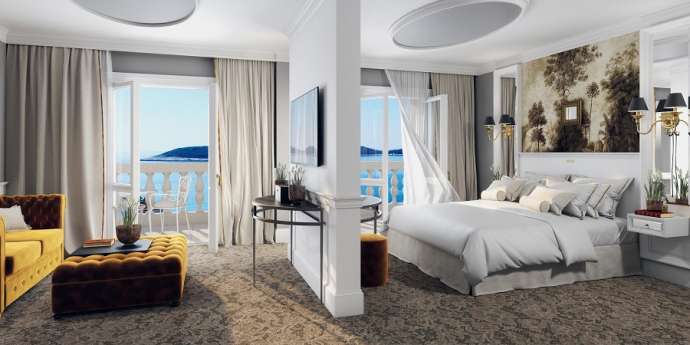
The revival of the Hvar centre with the important facilities we are discussing will return to the town the necessary culture and tourism content. I do not know whether it will contribute to raising the tourist bar to a higher level, although I would really want that to happen. But, this is a topic for another discussion with someone who knows more about it.
Many thanks to Mirjana, and also to the Go Hvar blog for some of the pictures, as well as two fascinating documents on the restoration process, which you can see on the Go Hvar site here and here.
To learn more about Hvar, check out the Total Croatia Hvar in a Page guide.


